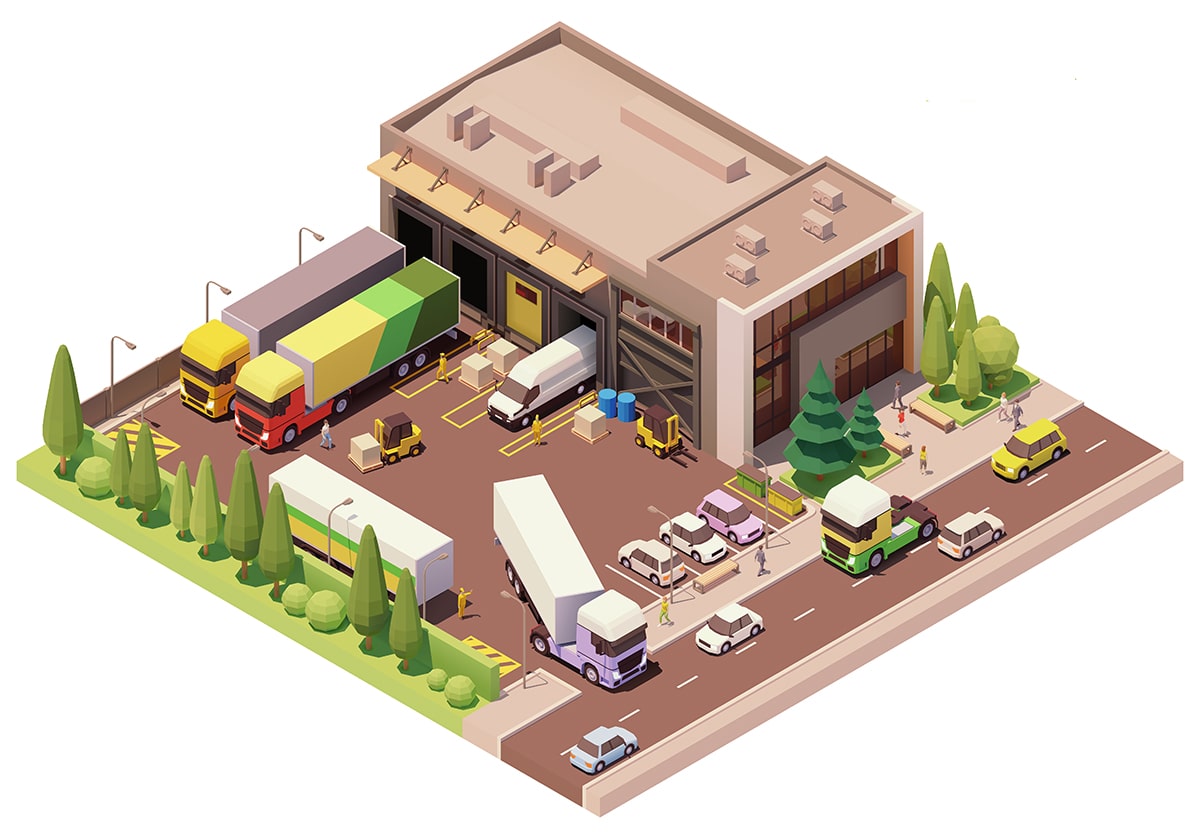Are Micro-Fulfillment Centers the Future of Food Retail?

The accelerated adoption of e-commerce platforms in the food retail industry has created new problems— the need to fulfill online orders efficiently and effectively while facing the challenge of keeping inventory available. To keep up with the changing demands of customers driven mostly by the current pandemic health crisis, food retailers have promoted several innovations. One such innovation is putting up micro-fulfillment centers (MFCs) to cater to online orders.
There are a number of major grocery retailers that are currently adopting MFCs to continuously innovate and meet consumer demands. MFCs are slowly becoming part of the overall omnichannel strategies of retailers in which many businesses are now heavily investing, with some even spending a significant amount of money to fully automate MFC processes.
Depending on the scale of MFCs, they offer great benefits to both retailers and consumers. Here are some of the benefits of implementing MFCs:
Faster and More Efficient Fulfillment – Perhaps the most important thing consumers consider when ordering groceries online is the amount of time it takes for their orders to reach their doorsteps. With MFCs, retailers have a separate area where workers or robots do in-store picking, packing, and delivery, expediting the whole fulfillment process. When paired with full automation and integration to its e-commerce platform, MFCs are a great way to satisfy time-starved customers.
A Leverage Over Competitors – MFCs don’t just satisfy customer needs; they are also valuable leverage over competitors. Retailers who have MFCs have a significant advantage over other competitors who lack them, especially in achieving business goals like branding and meeting customer needs for complete inventory and timely delivery.
Repurposing Existing Floor Space – MFCs are a very strategic way to repurpose existing floor space, especially when implementing expanded back rooms and reimagining extra sales space for fulfillment. It reduces the cost of setting up new warehouses to cater to online orders.
Avoid Third Parties – By doing everything in-house, from product picking to delivery, MFCs enable food retailers to eliminate third parties. By pushing your brand and own delivery service, MFCs help retailers not just cut costs but also improve store margin. It is the retailer ownership of the end-to-end transaction that makes MFCs more efficient and serves as a value-added proposition to any food retail store.
Whether retailers are implementing an expanded back room, dark stores, or a separate fulfillment center attached to the store, they need strong strategies moving forward in terms of creating fulfillment centers from the ground up. Building fulfillment centers are not cheap and certainly not an easy task. Retailers need to invest while taking into account requirements for floor space, electrical services, and the right storage facilities. It is also a must for retailers to tap into qualified service solution providers in the industrial refrigeration industry, specifically on cold storage and food processing. Careful and strategic planning, as well as smart execution, is needed to successfully build a fulfillment center.
MFCs are seen as effective, especially when fulfillment is expected to be a long-term and continuous priority for consumers. At a time when both automation and seamless process execution for order fulfillment is needed the most, it’s great to see food retailers keeping up with future-proof innovations to continue to move their businesses forward.